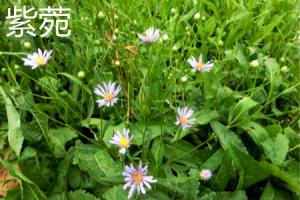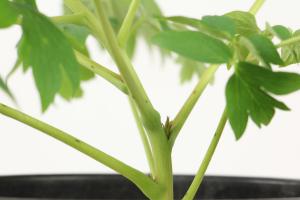Introduction
Planting trees is a great way to enhance the beauty of your landscape and add value to your property. Unfortunately, newly planted trees are more vulnerable to strong winds and inclement weather conditions compared to mature trees. Therefore, it's crucial to protect them from wind damage during their initial stages of growth. Here are some useful tips on how to protect newly planted trees from wind damage.
Choose an Appropriate Planting Location
Before planting any tree, choose an appropriate location that provides some natural protection from wind. Avoid planting in low-lying areas or places prone to strong gusts. Planting trees in groups can also act as a windbreak, providing protection to newly planted trees.
Staking
When planting tall or top-heavy trees, it's important to stake them to prevent them from being uprooted by strong winds. The stakes should be firmly placed into the ground, and the tree should be attached to the stake using a soft tree strap or tie. Be sure not to tie the tree too tightly, as this could damage the trunk or restrict growth. Stakes should be removed after one year to give the tree freedom to grow and sway in the wind.
Windbreaks
Windbreaks can provide protection to newly planted trees, especially in areas that experience strong winds. They can be made from a variety of materials, including wooden panels, plastic sheets or fabric. Windbreaks should be placed on the side of the tree that faces the strongest winds. Windbreaks should be placed perpendicular to the direction of the wind and should be at least three times taller than the tree to provide maximum protection.
Pruning
Pruning a tree can help to reduce wind damage. Pruning involves removing dead or diseased branches, as well as any branches that are rubbing against each other, causing damage. Pruning should be done in a way that maintains the tree's natural shape and proportion, to avoid any long-term harm to the tree.
Mulching
Mulching can help to protect the roots of newly planted trees from wind damage. Mulch should be placed around the base of the tree but should not be piled up against the trunk, as this can lead to rotting. A layer of mulch about 2-3 inches thick should be used to help retain moisture, suppress weeds and regulate soil temperature.
Conclusion
Protecting newly planted trees from wind damage is critical to ensure their survival and healthy growth. By considering the above tips, you can protect your newly planted trees from wind damage, giving them the best possible chance of flourishing in your landscape for years to come.

 how many times do yo...
how many times do yo... how many planted tre...
how many planted tre... how many pine trees ...
how many pine trees ... how many pecan trees...
how many pecan trees... how many plants comp...
how many plants comp... how many plants can ...
how many plants can ... how many plants and ...
how many plants and ... how many pepper plan...
how many pepper plan...






























